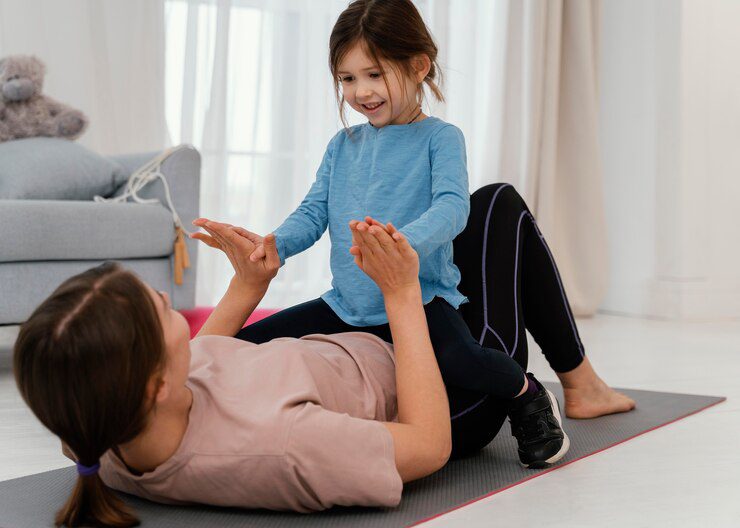Esophageal atresia (EA), a birth defect affecting the esophagus (food tube), throws a curveball at a child’s development journey. While medical advancements have drastically improved survival rates, concerns remain regarding long-term health outcomes, including locomotor skills in children with EA. These skills, encompassing basic movements like walking, jumping, and hopping, are the building blocks for physical activity, independence, and a healthy self-image.
Understanding the Hurdles:
Children with EA often face challenges related to:
Nutritional Deficiencies: Early surgeries and feeding difficulties can lead to nutritional deficiencies, impacting muscle growth and development.
Reduced Stamina: Respiratory issues, a common co-morbidity with EA, can limit lung capacity and decrease stamina needed for physical activity.
Delayed Motor Development: Hospital stays, frequent procedures, and concerns about feeding can limit opportunities for exploration and motor development in early childhood, a crucial time for developing locomotor skills.
The Locomotor Skills Landscape: Numbers Tell a Story
A 2020 study published in the Journal of Pediatric Surgery found that children with EA scored significantly lower on standardized tests for locomotor skills in children compared to healthy controls. The table below depicts the disparities:
| Locomotor Skill | Children with EA (Average Score) | Healthy Controls (Average Score) |
| Standing Broad Jump | 80 cm | 100 cm |
| Walking Speed | 1 meter per second | 1.2 meters per second |
| 4-Hurdle Test | 15 seconds | 12 seconds |
These numbers paint a sobering picture, highlighting the need for targeted interventions to bridge the gap in locomotor skills in children with EA.
Championing Movement: A Multi-Pronged Approach
The good news? Children with EA can thrive and develop strong locomotor skills with the right support system. Here’s how:
Early Intervention is Key: Start with age-appropriate physical therapy as soon as possible. Therapists can create personalized programs focusing on muscle strengthening, coordination exercises, and playful activities to develop balance and agility.
Embrace Play Therapy: Let’s face it, traditional therapy can feel like a chore. Play therapy, incorporating games and activities kids love, makes exercise fun and engaging, encouraging a positive association with the movement.
Building Confidence, One Step at a Time: Focus on celebrating small victories. Mastering a new skill, no matter how seemingly insignificant, can be a huge confidence booster for children with EA. Positive reinforcement fuels their motivation to keep moving forward.
Teamwork Makes the Dream Work: Communication and collaboration are essential. Physical therapists, doctors, parents, and caregivers need to work together to create a holistic approach that addresses both physical and emotional needs.
Embrace Adaptive Equipment: Sometimes, a little extra support goes a long way. Adaptive equipment like specialized bikes, walkers, or modified playground equipment can open up a world of possibilities for children with EA, allowing them to participate in activities alongside their peers.
Beyond the Physical: The Ripple Effect
Nurturing locomotor skills in children with EA goes beyond just physical development. Improved physical competence translates into a child’s ability to participate in sports, explore their surroundings, and engage with their environment. This, in turn, fosters self-confidence, social interaction, and a sense of belonging. Imagine the joy of a child with EA confidently kicking a ball with friends at recess – a simple act that can have a profound impact on their self-esteem and overall well-being.
The Road to Success
Developing good locomotor skills takes time and dedication. For children with EA, the journey may be more challenging, but it’s far from insurmountable. With a supportive team, a playful approach, adept physical education, and a focus on celebrating progress, we can unlock their full potential and empower them to move with confidence, both physically and metaphorically, through life’s journey.







